| বাংলায় পড়ুন | Researchers and Reporters: Shama Sultana Isfaqul Kabir |
Bkash has enabled its clients to access a whole bank at their fingertips. BKash now makes it easy to transmit money, pay utility bills, shop, and recharge mobile phones. With over 90,000 agent locations nationwide, clients can quickly trade money. Through Bkash, expatriates also transfer their hard-earned cash back to the nation. This breakthrough facilitates the daily transactions of around crores of money. As a result of this progress, people are eligible for a variety of government benefits, including school and college scholarships. With the use of this mobile banking service, Bangladesh’s economic sector has expanded.
Services and Activities for BKash
Customers can send money, pay their bills, shop, recharge their mobile devices, buy bus or train tickets, and get loans, among other financial services, provided by Bkash. Bkash is currently available throughout the entire nation. A Bkash account also makes it simple for consumers to get a variety of government benefits, including wages and loans. Since Bkash may be accessed from any location in the nation, its customer base is continuously growing. In addition to this, Islamic banking is available. For some years, Bkash implemented the Department for Protection and Security (DPS) system to help their customers save money through mobile banking.

An illustrative representation of Bkash’s services and activities. | Photo: Collected.
Key Bkash Services:
Sending and withdrawing money:
Sending and receiving money between customers is simplified.
The payment of bills and shopping:
payment of a variety of bills, such as those for gas, electricity, water, and mall purchases.
Paying out salary and loans:
receiving pay and repaying loans through direct Bkash.
The secret to Bkash’s success
When individuals say “Send money in bkash, Bkash the cash,” it’s clear how popular Bkash is. Nevertheless, Bangladesh had previously introduced this mobile banking service before Bkash. Initially, the unique advantage of mobile money transactions was introduced to customers by Dutch Bangla Bank’s rocket. Above all, though, Bkash is now a place of faith for everyone. Furthermore, many people believe that BKash’s straightforward and affordable charge structure and service delivery via basic mobile phones are the primary factors contributing to its popularity. In addition to its cutting-edge mobile app, Bkash uses a USSD-based mechanism that works with all mobile phones.
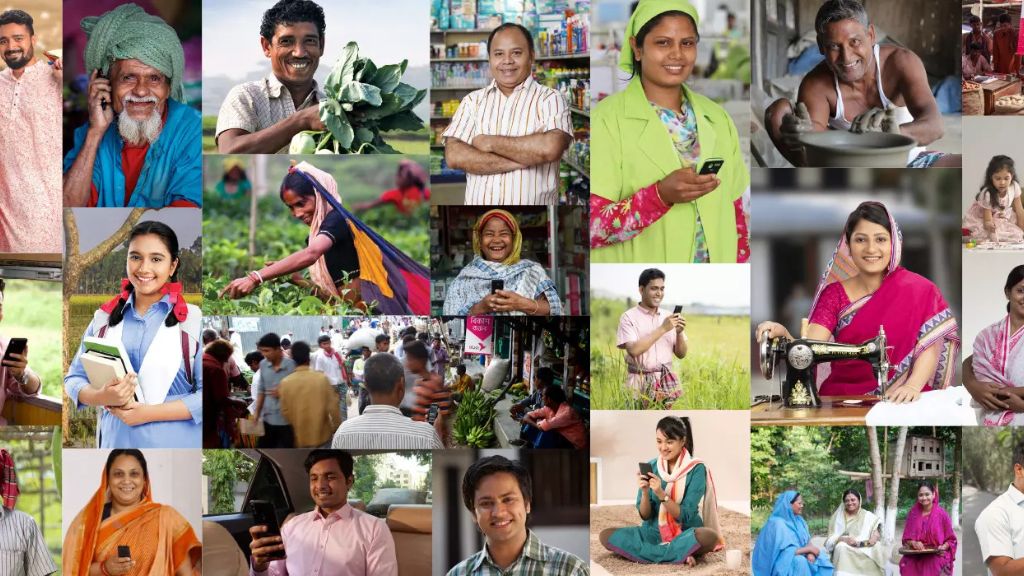
An illustrative representation related to the key factors of Bkash’s success. | Photo: Collected.
By simply dialing a code, even regular mobile customers can utilize Bkash. Bkash’s cheapness and ease of use have made it extremely popular among those with poor and moderate incomes. For the first time, Bangladeshis have had “banking opportunities” because of Bkash. From rural farmers to city workers, a basic mobile phone is being used to expedite financial transactions. Therefore, the inconvenience of visiting the bank is no longer present. For the nation’s underprivileged, it has also ushered in a new era of financial inclusion.
Strategy for branding and promotion
presently, there is at least one Bkash store in each local market in addition to the metropolis. Bkash makes significant investments in brand promotion. Through commercials and other initiatives, they have raised public awareness of their services. With numerous billboards, TV ads, social media campaigns, and direct relationships around the nation, the Bkash brand has emerged as the most well-known financial services name in the nation.
Ownership: Bkash is owned by BRAC Bank
BRAC Bank is the primary owner of Bkash, one of the biggest financial organizations in Bangladesh. One of the biggest NGOs in the world dedicated to social development, BRAC is a major advocate for Bkash. BRAC Bank, which focuses on microcredit, has contributed significantly to the advancement of technology and its functioning.
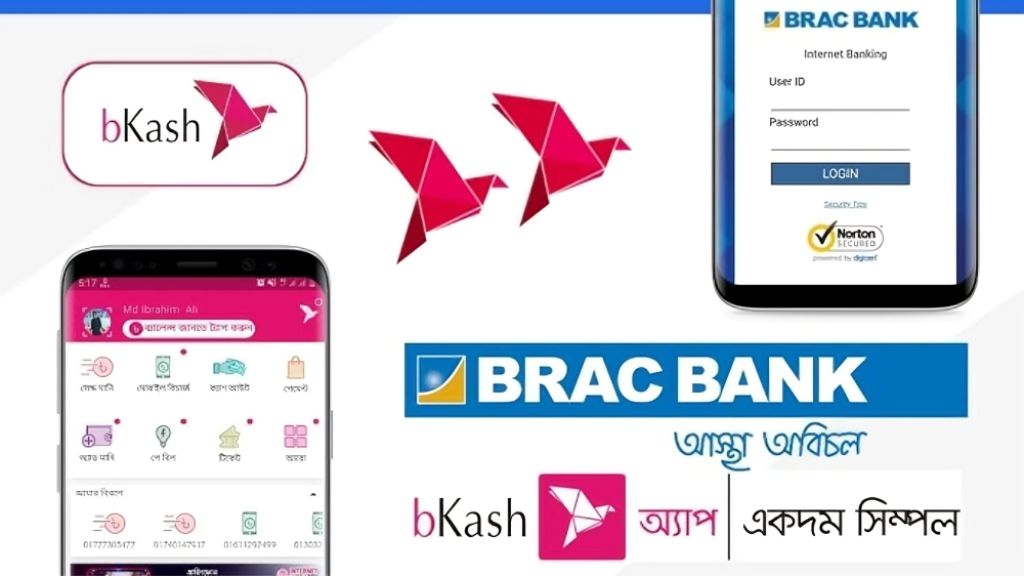
A successful example of the partnership between Bkash and BRAC Bank. | Photo: Collected.
Prospects for Bkash in the future
As Bangladesh continues its digital transition, Bkash is expanding its technological offerings. By using artificial intelligence, introducing new digital services, and implementing more sophisticated security measures, Bkash hopes to support the nation’s economic growth in the future.
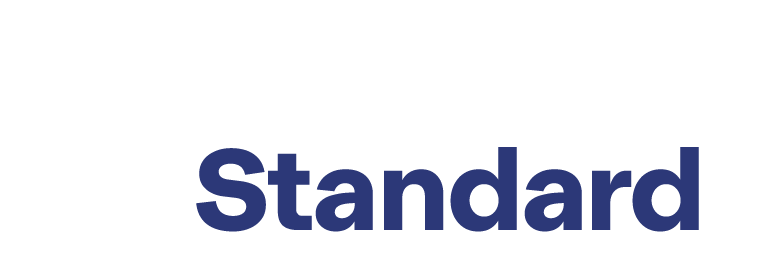
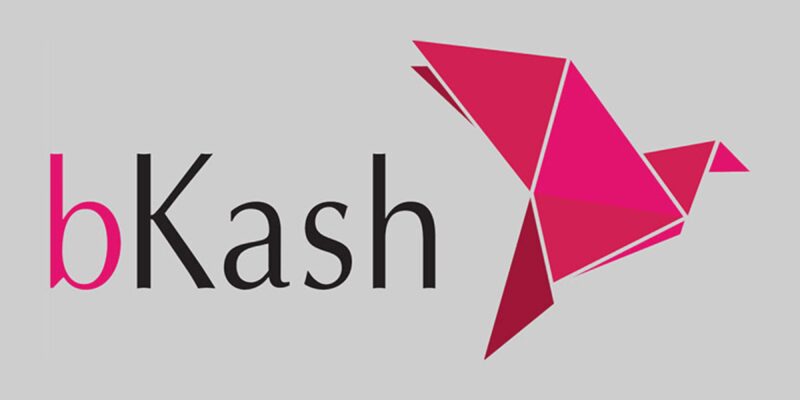






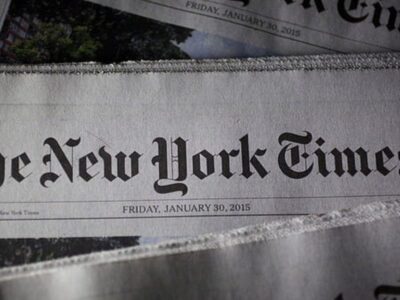
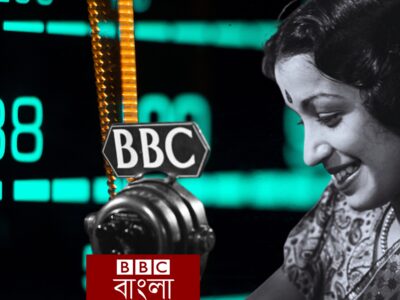



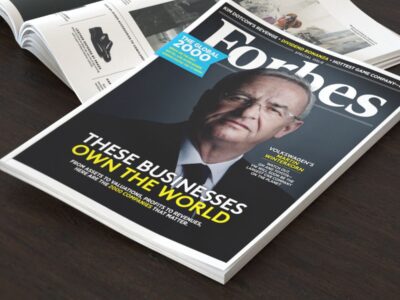

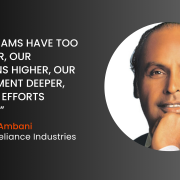
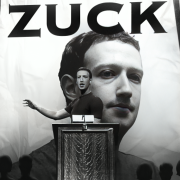


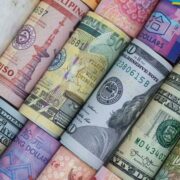

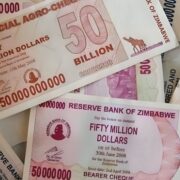

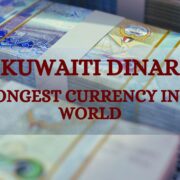
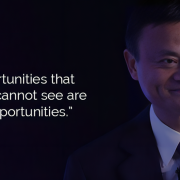




Comments